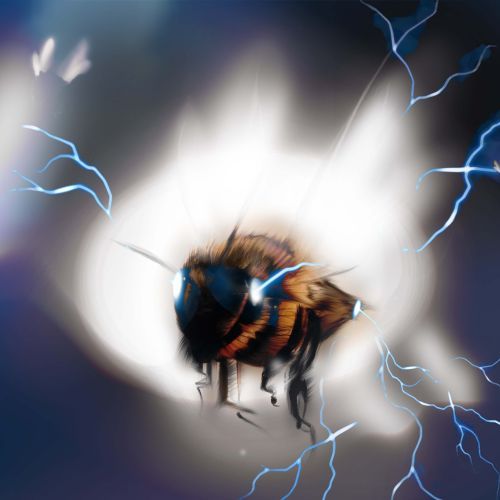Digital bioacoustics, electric bees and the the altiplano mouse
A swarm of honeybees can produce as much electricity as a thundercloud, and a billion bees generate enough electricity to light an LED. According to scientists from, among others, the University of Reading, mass movements of insects in the atmosphere may even impact weather – the formation of clouds and the spread of dust – and should be considered in climate models.
Researchers from Vrije Universiteit Brussel warn that without implementing plans to counteract the effects of climate change, over 3/4 of bumble bee species in Europe may be at risk of extinction within 40-60 years. Bumblebee species living in arctic and alpine environments are in a complicated situation. Meanwhile, scientists use portable, small field recorders that can even be placed on the backs of birds or whales to learn the language of bees and bats, among others. Digital bioacoustics uses artificial intelligence and machine learning. Scientists record data that is then processed by algorithms to detect patterns in the recordings and decipher what the animals tell each other.
Researchers from, among others, the University of Nebraska–Lincoln are searching for traces of animal life at the highest altitudes in the Andes. The record holder is the altiplano mouse, found at 6,739 m above sea level. Scientists also found lizards, insects, rodents, a herd of ostriches, and some puma tracks high in the Andes.
























